[box type=”shadow” align=”aligncenter” class=”” width=””]
 Dr. Reduan Hasan Khan received his B.Sc. (Hons) degree in Electrical and Electronic Engineering (EEE) from Bangladesh University of Engineering and Technology (BUET) in 2007. From 2007 to 2011, he worked as Core Network Engineer in GrameenPhone. From 2011 to 2015, he worked as Research Engineer and Consultant at various telecommunications projects in Australia. He also obtained his PhD degree on “Machine-to-Machine (M2M) Communications over 4G Wireless Networks” from the University of Newcastle, Australia in 2014. From July 2015 to 2017, he worked as the Head of Core Network Operations at Grameenphone. Currently, he has been leading the Internet-of-Things (IoT) portfolio of Grameenphone. Dr. Khan has over 20 publications in various international journals and conferences, including IEEE Transactions and Elsevier. He has also received a number of awards for his academic and professional excellence in Bangladesh and abroad, including the Australian Postgraduate Award (APA). Dr. Khan is a member of IEEE Internet of Things and IEEE Smart Grid Communities. He’s also serving as a member of the standing committee on Internet of Things (IoT) of Bangladesh Association for Software and Information Services (BASIS). His research interest areas include 4G Wireless Systems, Wireless Network Architecture, M2M Communications, Smart Grids and IoT.[/box]
Dr. Reduan Hasan Khan received his B.Sc. (Hons) degree in Electrical and Electronic Engineering (EEE) from Bangladesh University of Engineering and Technology (BUET) in 2007. From 2007 to 2011, he worked as Core Network Engineer in GrameenPhone. From 2011 to 2015, he worked as Research Engineer and Consultant at various telecommunications projects in Australia. He also obtained his PhD degree on “Machine-to-Machine (M2M) Communications over 4G Wireless Networks” from the University of Newcastle, Australia in 2014. From July 2015 to 2017, he worked as the Head of Core Network Operations at Grameenphone. Currently, he has been leading the Internet-of-Things (IoT) portfolio of Grameenphone. Dr. Khan has over 20 publications in various international journals and conferences, including IEEE Transactions and Elsevier. He has also received a number of awards for his academic and professional excellence in Bangladesh and abroad, including the Australian Postgraduate Award (APA). Dr. Khan is a member of IEEE Internet of Things and IEEE Smart Grid Communities. He’s also serving as a member of the standing committee on Internet of Things (IoT) of Bangladesh Association for Software and Information Services (BASIS). His research interest areas include 4G Wireless Systems, Wireless Network Architecture, M2M Communications, Smart Grids and IoT.[/box]
সাক্ষাৎকার: বিজ্ঞানী.অর্গ
[box type=”shadow” align=”aligncenter” class=”” width=””]বিজ্ঞানী.অর্গঃ আপনার সমন্ধে আমাদের পাঠকদের একটু বলুন। (আপনার সংক্ষিপ্ত পরিচয়)
রেদুয়ান হাসান খানঃ I was born in Dhaka and attended Mirzapur Cadet College (MCC) for my SSC and HSC. I did my BSc in EEE from BUET and later did my PhD from the University of Newcastle in Australia.
In early 2007 when I was still a student in BUET, I joined Grameenphone initially as an intern, then in a permanent role as a Core Network Engineer. After spending 4 years at Grameenphone, I went to Australia in early 2011 for my PhD degree. After 3 years of PhD studies, I joined Housley Consulting, one of the oldest telecom consulting firms of Australia, as a consultant.
Due to family reasons, I decided to get back to Bangladesh in 2015 and joined Grameenphone again as the Head of Voice Core Network operations. Since july this year, I have been leading the IoT portfolio of Grameenphone.[/box]
[box type=”shadow” align=”aligncenter” class=”” width=””]বিজ্ঞানী.অর্গঃ Australia স্মার্ট গ্রীড এর উপর পড়াশুনা করে এখন বাংলাদেশে আপনি এটি নিয়ে কাজ করছেন। কেমন লাগছে শিক্ষা জীবন আর বাংলাদেশে এর প্রয়োগ নিয়ে।
রেদুয়ান হাসান খানঃ I have been closely following IoT since its inception in 2009. During my PhD, I had a privilege to travel to various counties and see first-hand on how they have been using this new technology to bring efficiency and innovation across various industries. After my PhD, I also worked in several IoT projects in Australia and experienced immense potential of IoT.
However, getting back to Bangladesh I had to take a different role as there was no scope on IoT in Bangladesh. When an opportunity came up this year to work on IoT in Grameenhone, I merely gave a second thought to join there.
With over 2% of the world’s population and a median age of just 26 years, Bangladesh has an agile consumer base who can adopt technology very fast. With 10 years of sustained GDP Growth Rate of over 6% and 64M internet users with an annual growth rate of nearly 30%, the country has the potential to become one of the largest Internet of Things (IoT) markets both in terms of revenue and number of connected devices.
However, to make IoT successful, we need to do 3 things: i) promote awareness and benefits of IoT across industries, government and universities; ii) building a vibrant IoT ecosystem with IoT device suppliers and application developers from start-ups and freelancing communities; iii) focus on home grown solutions that meet business needs of the day;[/box]
[box type=”shadow” align=”aligncenter” class=”” width=””]বিজ্ঞানী.অর্গঃ বাংলাদেশে IoT এর প্রয়োগ প্রধানত কোন কোন সেক্টরে করছেন?
রেদুয়ান হাসান খানঃ While IoT is still at its infancy in Bangladesh, the early adopters are the Electricity and Water utilities, like BPDB, DPDC, DESCO, REB, WASA etc who are utilizing IoT to remotely read electricity and water meters. New uses cases of IoT are also coming up in Industrial and Service sectors, such as fleet management, asset tracking and factory automation. In consumer section, vehicle tracking is being widely adopted now-a-days.[/box]
[box type=”shadow” align=”aligncenter” class=”” width=””]বিজ্ঞানী.অর্গঃ অনেকে বলে বাংলাদেশ নিজস্ব প্রযুক্তি তৈরী করেনা, বিদেশের প্রযুক্তিকে ব্যবহার করে বিজনেস মডেল তৈরী করে। এই ব্যাপারে আপনার মতামত কি? ভবিষ্যত প্লান কি?
রেদুয়ান হাসান খানঃ Innovation is in the core of IoT. IoT is not a single solution or a service which can be developed in a 1st world lab and rolled out in 3rd world counties. IoT is contextual and needs thousands of device manufactures and application developers to create solutions that solves local problems.
Like regular internet, IoT has the opportunity to create jobs for the thousands of engineering graduates that are coming out of the universities every year in Bangladesh. However, as said earlier, we need to create a vibrant ecosystem with IoT solution developers, customers and government to make this happen.
It should be noted that India is doing great with IoT. We are already lagging behind. If we don’t start now, similar to the IT revolution, we’ll miss the opportunity to be a part of IoT revolution as well.[/box]
[box type=”shadow” align=”aligncenter” class=”” width=””]বিজ্ঞানী.অর্গঃ তরুন শিক্ষার্থি যারা IoT নিয়ে কাজ করতে চায় তাদের জন্য আপনার কোন উপদেশ বা বক্তব্য কি? (কোন বিষয়গুলিতে তারা ফোকাস করলে উপকৃত হবে?
রেদুয়ান হাসান খানঃ Interested youth should start experimenting with IoT devices and applications. For example, EEE sudents/graduates can create crude IoT devices using Arduino and Raspberry-PI and CSE sudents/graduates can write IoT applications using Python or Java over embedded Linux kernels. There are also a lot of free IoT platforms available, such as AWS IoT from Amazon and Azure IoT from Microsoft, which can provide free APIs and SDKs to create end-to-end IoT solutions from the locally available hardware.[/box]
বিজ্ঞান ও প্রযুক্তি সম্পর্কে আরো নতুন নতুন সংবাদ জানতে সাবস্ক্রাইব করুন।
[mc4wp_form id=”3448″]
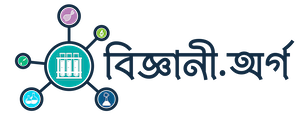
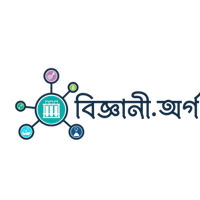
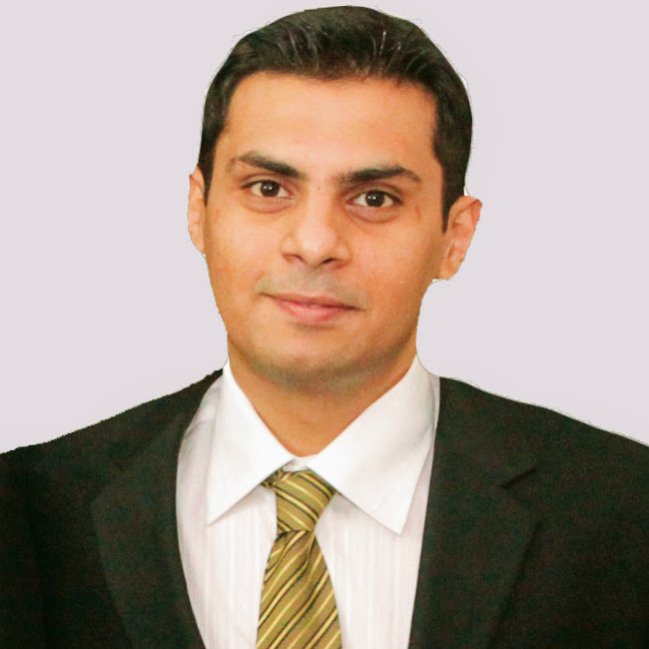

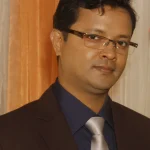
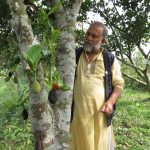
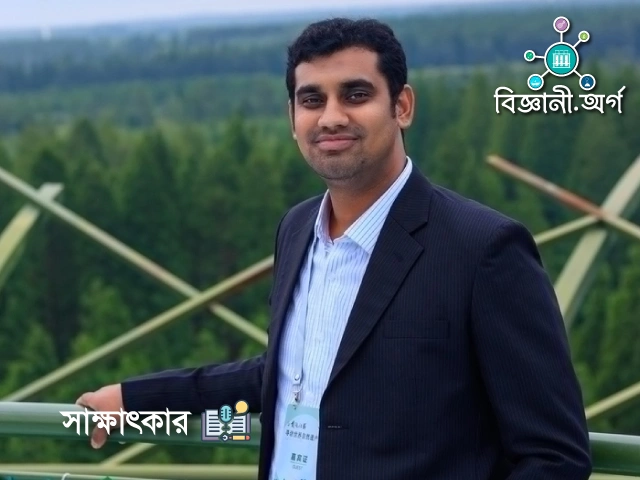
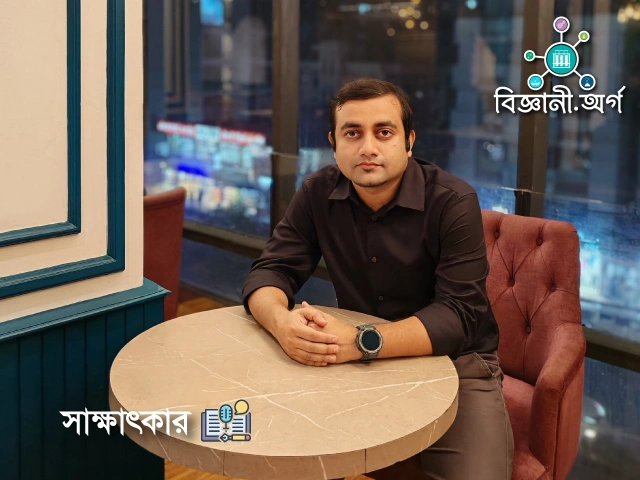
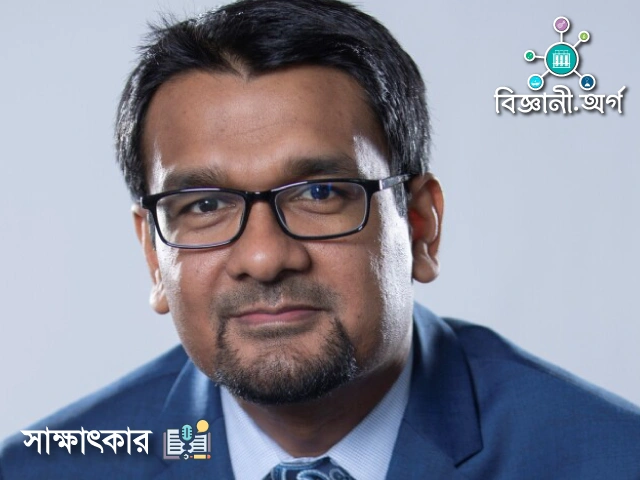
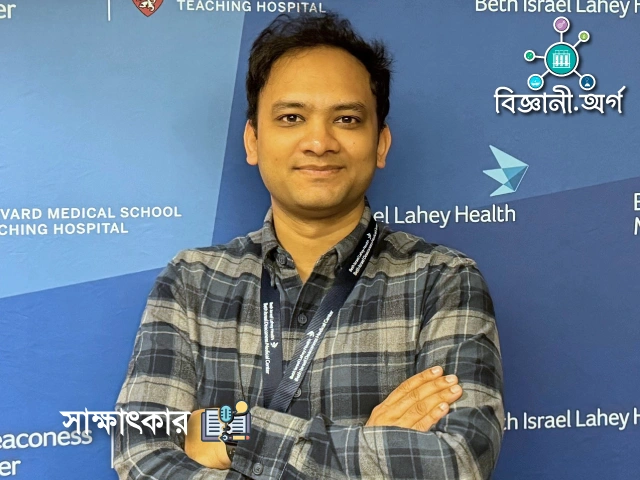
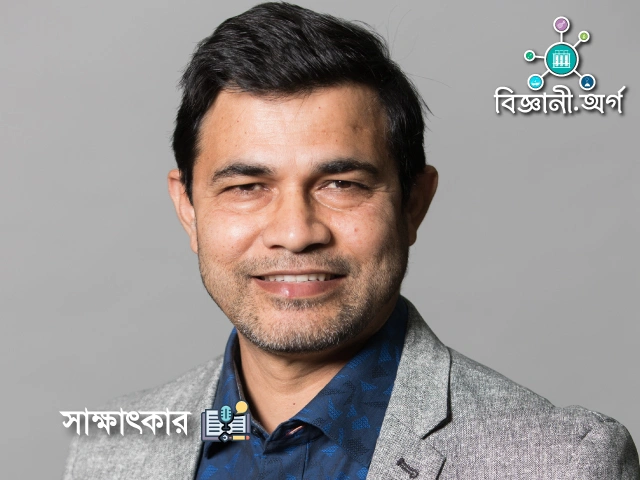
besh valo lagco interview ta. thanks a lot…. @ http://pcjobs24.com/